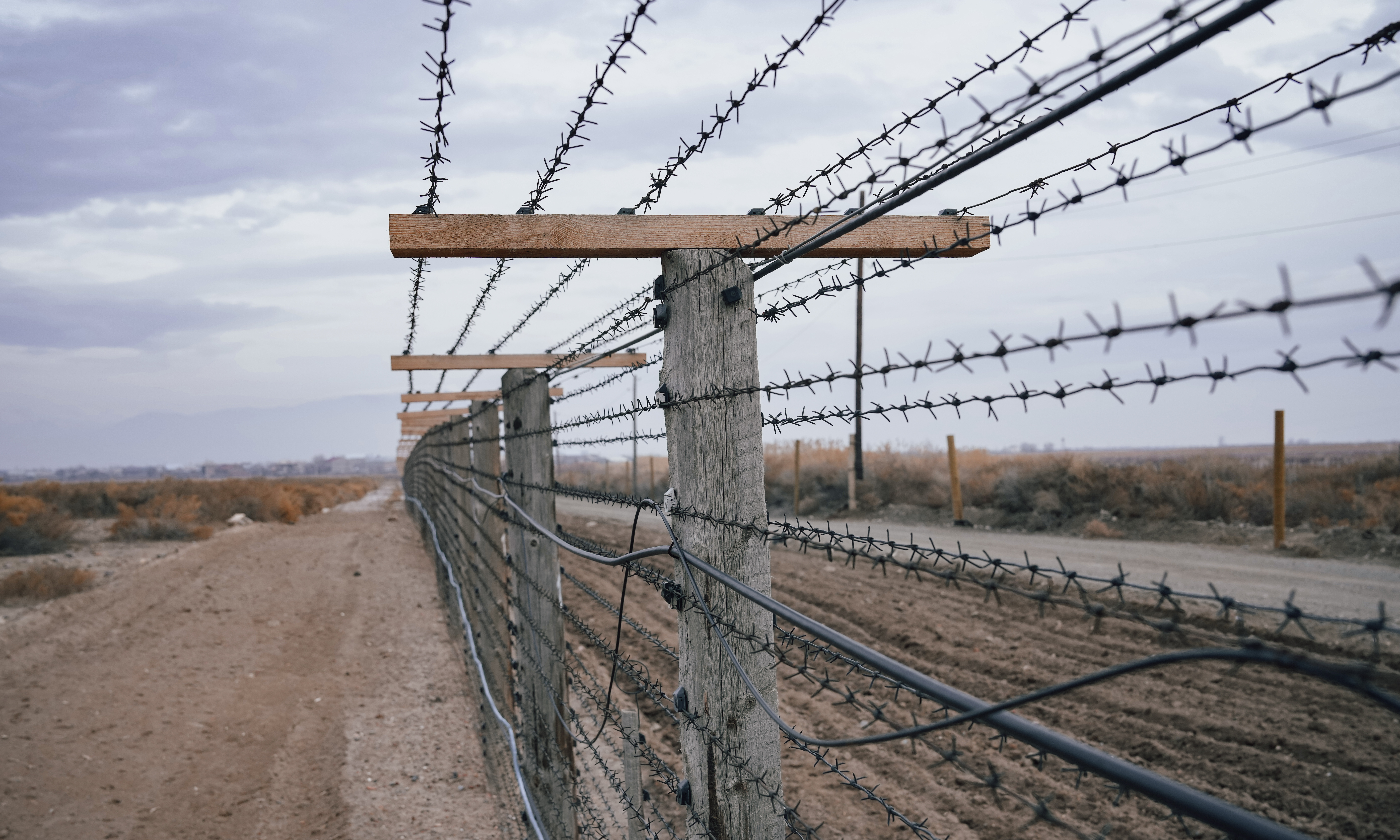
Injuries can happen to anyone at any time, whether at someone’s house, riding in a car, or while at a public place, like a retail center.
Many injuries result in doctor visits and physical therapy sessions, so they quickly become costly and mentally burdening to the injured, impacting their ability to enjoy life. On top of that, they may result in loss of income and other losses, collectively called “damages.”
The injured should not be held accountable for the payment of their treatments if they are not the ones that caused the accident in the first place. Victims can potentially find compensation from all negligent parties that caused their injury by filing a personal injury claim.
Don’t spend one more day in pain and bearing what should not be your financial burden. Call Singh Ahluwalia Attorneys at Law for a confidential and no-obligation case review to discuss your possible personal injury claim.
We will review the strategies available for seeking compensation during your appointment with the legal guidance of one of our experienced car accident attorneys in Fresno. Call (559) 878-4958 or contact us online to schedule your appointment.
How Long Can a Personal Injury Case Last?
Personal injury cases can vary in complexity, making it hard to estimate the exact time it will take to reach a settlement. Generally, the process and negotiations of a personal injury case can take 1 to 3 years until a settlement is reached.
Nevertheless, there are possibilities for delays in reaching a settlement. These scenarios can permit the typical two-year statute of limitations to be delayed, in some instances, examples of which are outlined below in the “How Long Does a Victim Have to File a Claim?” section.
A Personal Injury Case, Defined
Personal injury is considered a broad category of tort law that includes many different types of accident scenarios.
Most claims are pursued through the legal doctrine of negligence. In such cases, the injured party must prove that the defendant had a duty of care that they breached, leading to injury and damages.
So long as it can be proven that the victim was hurt because of someone else’s negligence during an event, a personal injury claim can be filed.
How Long Does a Victim Have to File a Claim?
In the state of California, victims have two years from the date of the incident to file a personal injury claim. If one finds themselves injured because of negligence, they are advised to speak to an attorney immediately.
Claims Against a Government Entity
In cases where an injury was caused by a government entity, such as the CDOT, or the City of Fresno, the time limit for filing a claim is only six months.
This narrower time window forces injured parties to assemble their claim quicker, including any evidence, or face summary dismissal. They are also required to complete additional legal paperwork.
An experienced personal injury attorney is recommended in these cases, as they place significant pressure on injured claimants to get everything right in a short time frame.
Is it Possible to File for an Extension to the Statute of Limitations?
Some exceptions allow for the Statute of Limitations to be extended, but only when the filing party can demonstrate sufficient reasons for doing so. These cases typically involve a delayed onset of injuries, which the victim may find new injuries days or even weeks after the event.
In these cases, legal teams will file what is called a Delayed Discovery to accommodate these delayed injuries into the claim.
Can the Statue of Limitations Be Delayed?
There are some exceptions where the 2-year Statute of Limitations can be delayed. In cases where the defendants are outside of California, for example, a lawsuit typically cannot progress until they return.
In these cases, the two-year clock will not start until they are within the State lines. Similar extensions can be provided in other select cases, such as when an injury is not discovered until later, when the victim is a minor, and when the victim is medically incapacitated.
Some cases also involve injuries or situations that the law has allowed extra time for, especially when the victim is a minor.
What Are the Most Common Cases Involving Personal Injury?
While there are many different ways one can find themselves filing a personal injury claim, the most common events that lead to this are:
- Car accidents
- Medical malpractice
- Wrongful death
- Slip and fall accidents
- Product malfunctions and defects
Personal injuries are extremely common. From 2015 to 2020, there were just under 3 million non-fatal injuries across the United States. It is typical to see about 400,000 incidents recorded each year, and many involve the negligence or wrongful acts of others.
Events That Are Not Considered Personal Injury
The kinds of categories that fall under personal injury can be broad but do carry exceptions.
For example, any mental injuries resulting from defamation, false arrest, or malicious prosecution are not qualified events for personal injury, and one must seek alternative types of claims to file for compensation.
Personal Injury Claim Costs Can Compound Quickly
Multiple factors impact the level of compensation that a victim can receive from a personal injury claim. Factors like the extent of the injury, the severity of the injury, the impacts of the injury on daily activities and hobbies, and the time it will take to recover — if recovery is possible.
Qualified medical professionals will diagnose the injured party and submit a treatment plan and prognosis, all of which can be filed as evidence for the injury claim. When this information is received, your legal team will be able to determine the approximate value of the claim.
There is no limit to the compensation a personal injury victim can receive for economic damages in California in most cases. Each claim will have a different value contingent on the factors of the sustained injuries.
When the courts approach personal injury cases, they will begin to look at the most costly injury first and work their way down, applying a reduction to all other injuries following the most costly one rather than stacking the value of all injuries together.
Medical Malpractice Exception
In cases of medical malpractice, California has a cap for non-economic damages of $250,000. Even if there is evidence showing that there were more than $250,000 worth of damages, the jury will not be able to award more than the legal amount authorized by law.
Monetary Damages
The largest component of a personal injury settlement value (or court award) will be repayment for the direct costs of treating the injury, combined with projected future costs. These damages, called “special damages,” commonly include:
- The costs of all medical treatment, past and future
- Wages lost due to an inability to work or time spent attending additional medical appointments
- All benefits, including pension or retirement benefits, reduced because of missed hours of work
- Replacement of personal items like clothing and shoes that were damaged due to injury or loss
- Costs incurred by hiring staff and aids to assist normal daily function
- Canceling events, like birthday parties and vacations, with costs that cannot be refunded, because of the toll of your injuries
- The value of time family and friends spent assisting you while injured to do things you normally would be able to do on your own
- Money spent on home modifications in order to make it accessible because of a temporary or permanent disability inflicted by the injury event
Non-Monetary Damages
Injury victims can also request compensation for the personal hardship, physical pain, and mental/emotional suffering they have endured. While these negative experiences don’t necessarily have a dollar amount, they nevertheless reduce the injured party’s quality of life.
In many cases, these damages are awarded proportional to the monetary damages, as the assumption is that more-expensive injuries inflict more hardship.
That said, the victim may be able to justify a larger settlement or award value for specific cases where the injury has had an outsized impact not properly covered by the assumed pain and suffering value.
When this is the case, injured parties should take care to document their experiences, including their pain levels and activities they could not engage in, in order to provide evidence for their extensive physical distress or mental anguish.
Contact a Personal Injury Lawyer You Can Trust
While personal injuries can cause significant hardship and limited time to handle a claim, these claims should be pursued as early as possible, so as to prevent the statute of limitations from lapsing and preserve vital evidence.
These unfortunate events can lead to reduced mobility and even disabilities, changing the victims’ quality of life.
If you or a loved one finds themselves in a situation that leads to injury, you may have a claim to receive compensation for damages. Call Singh Ahluwalia Attorneys at Law today.
Our personal injury lawyers offer a no-obligation consultation over the phone or in person at our local office. Call us at (559) 878-4958 or contact us online to schedule your appointment today.


